A Local’s Guide to Gangtok: Best Attractions, Hidden Gems and Travel Tips
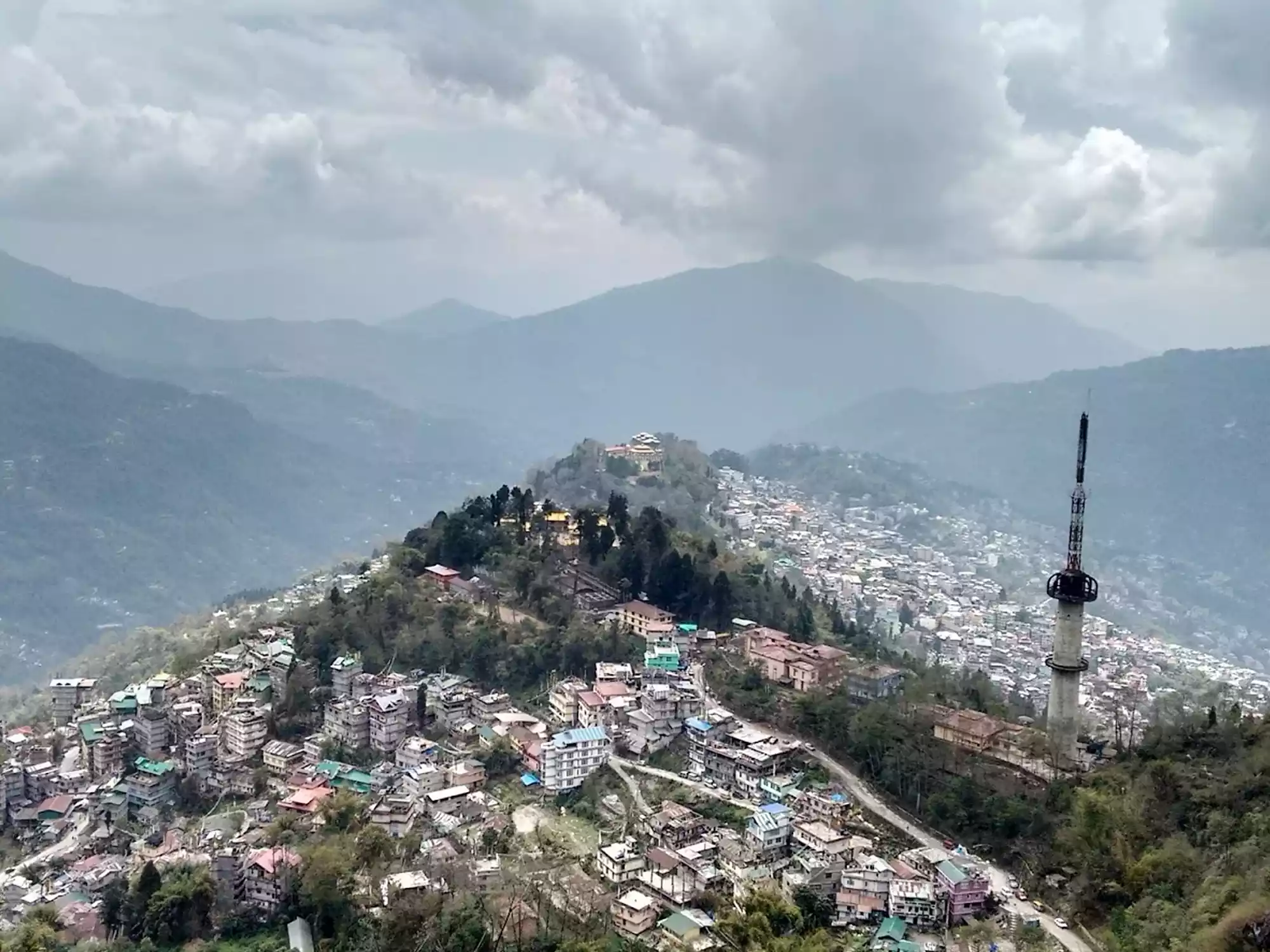
It is a quiet and misty morning that characterizes hill stations. But as the veil of mist begins to lift, I am treated with a breathtaking sight of a picturesque town nestled right in the lap of the mighty Himalaya! This was my first impression of Gangtok, the capital of Sikkim.
As an avid traveller with her love for the hills, I can vouch that Gangtok is special for more than one reason. One aspect that has left a mark on me is its clean roads, cleaner footpaths, the civic sense of the local people and their organized way of living day-to-day life.
Several off-beat experiences make Gangtok a unique travel destination. The blend of natural beauty and cultural richness makes traveling there a once-in-a-lifetime experience. If you ask a local, the city’s charm is in its beauty, vibrant culture and breathtaking vistas. In this blog, I will try to take you through this enchanting destination as I experienced it, accompanied by a tourist guide.
Why Gangtok is a Must-Visit Destination?
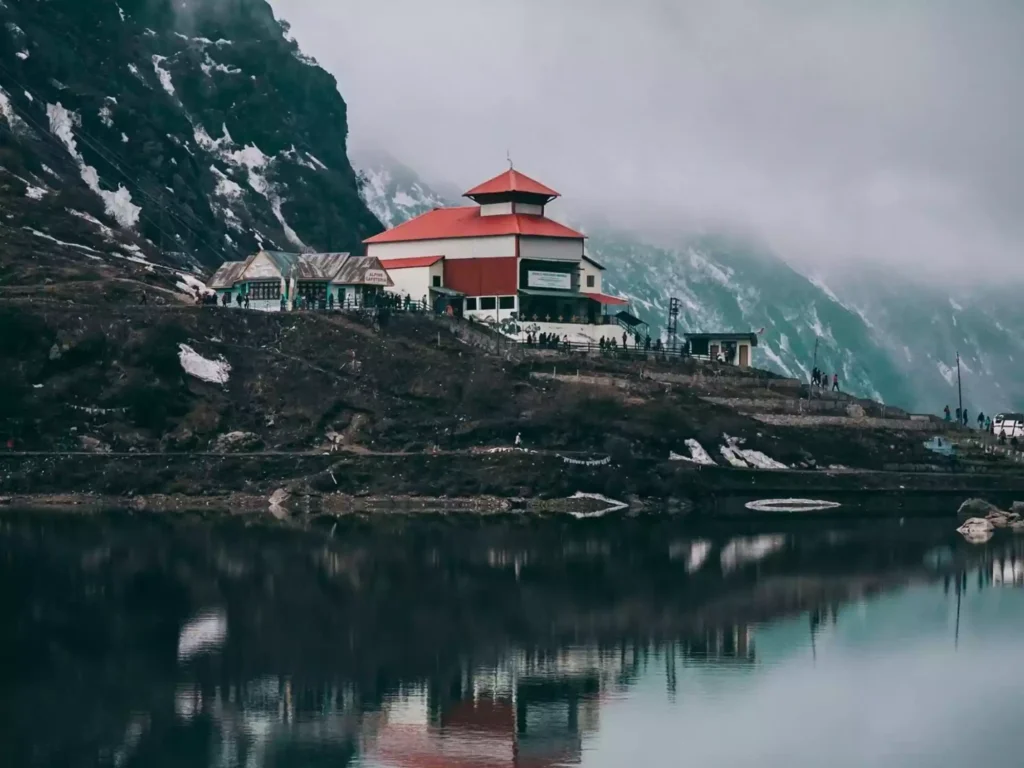
Gangtok’s Unique Appeal
One who has visited Gangtok will always remember the place for its blend of modernity and tradition. Gangtok is the gateway to North Sikkim, and it also serves as a major hub for travellers and is a door to enter the joy of tourism in Sikkim. The pristine environment, cultural heritage, and adventure opportunities that the place offers are unique to Gangtok. Gangtok is a good start to begin traveling through the northeastern part of India.
Gangtok’s Top Attraction
MG Marg
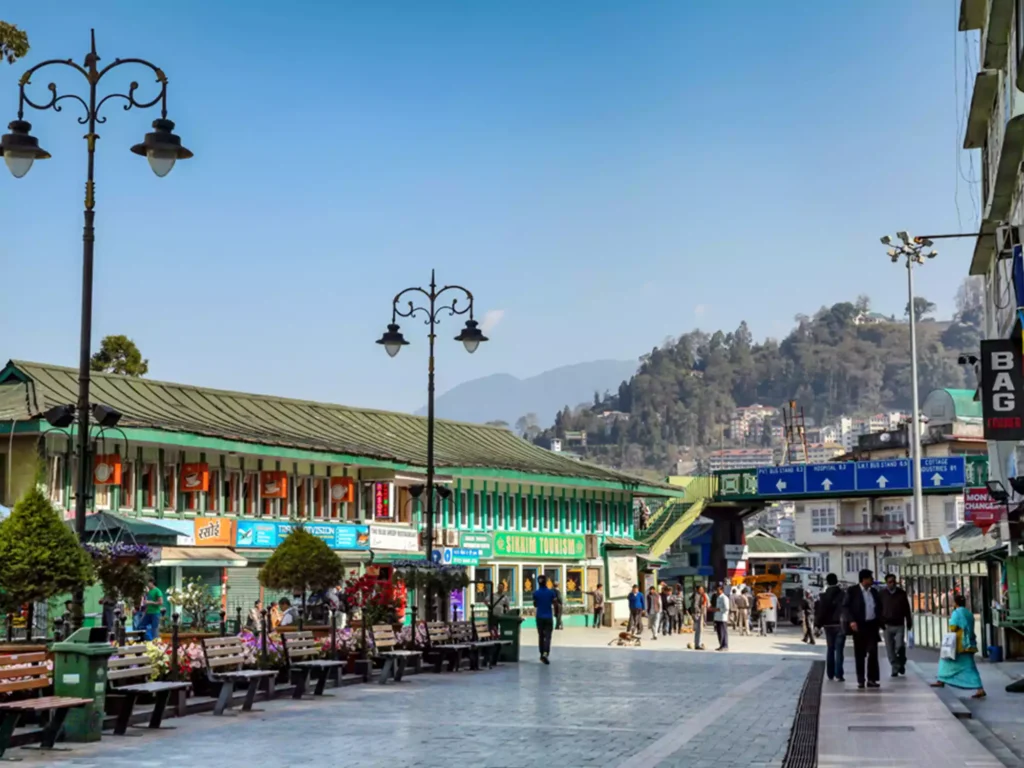
MG Marg is the bustling heart of the city and is a one-stop destination for shopping, dining, and strolling. It is a pedestrian-only street and is popular even within the local population for its nightlife. Several local eateries make delicious momos and thukpas, and a variety of other cuisines. Dzomlee, Sher-e-Punjab and Roll House are some must-visit eateries. This street also offers a variety of options for handicraft shopping.
You may also like: 15 Best Things to Do in Guwahati
Tsomgo Lake
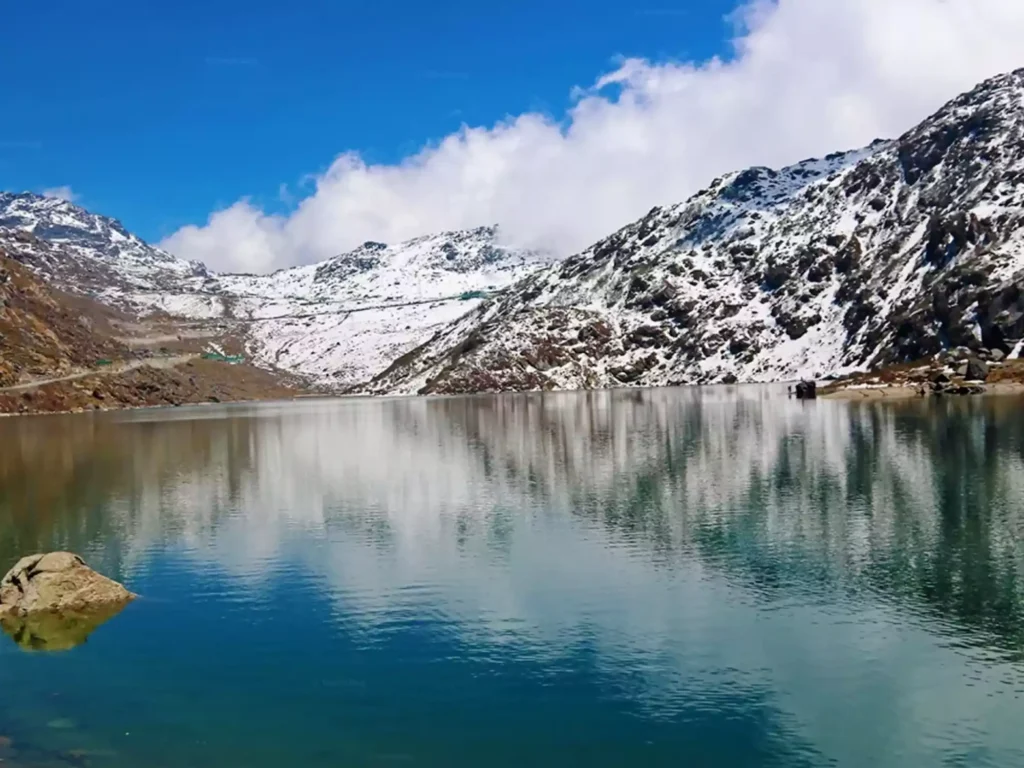
Tsomgo Lake is also known as Changgu Lake, is a glacial lake located in Gangtok. One very interesting thing about this lake is that it reflects different colours with a change of season, which makes it uniquely aesthetic. This lake holds great significance in the local Sikkimese culture. Someone who visits this lake can enjoy yak rides, scenic treks, and capture amazing pictures. The best time to visit is the spring season, which starts from March to June. A permit is required to visit the lake, and a Photo ID proof is required to avail the same from the Police Check Post with a meagre sum of Rs. 200.
Rumtek Monastery
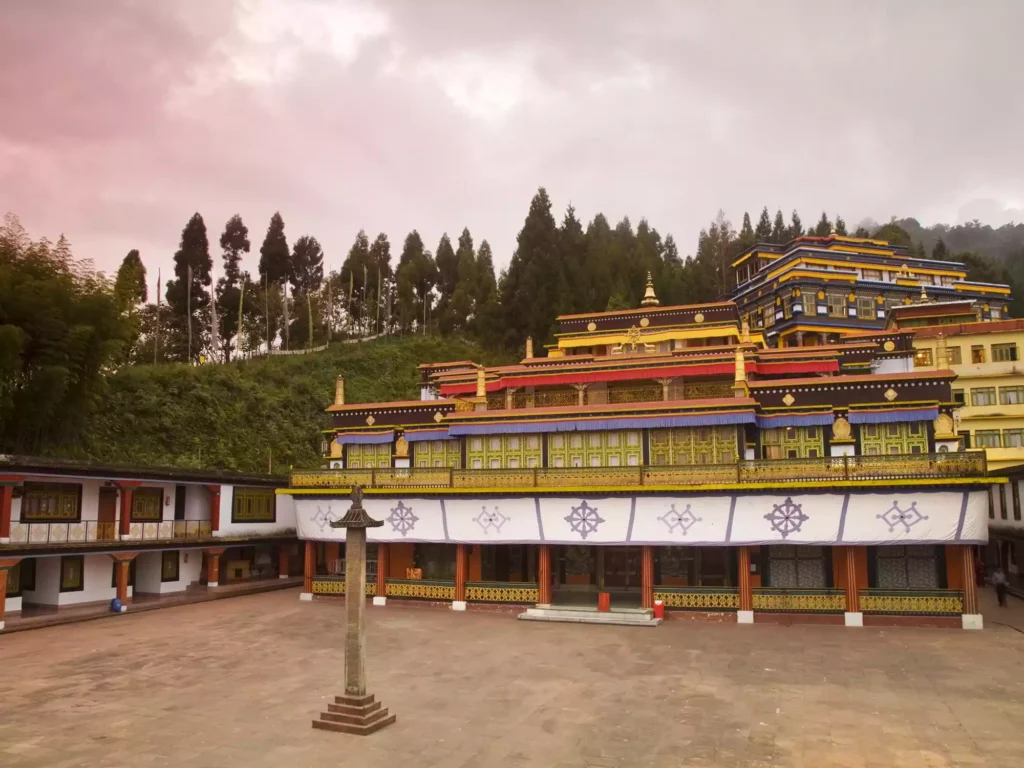
This monastery holds utmost significance in the Tibetan Buddhist culture and also serves as a seat of the Gyalwang Karmapa in exile. It is also known as Dharma Chakra Centre, a place of spiritual accomplishment. The architectural design is based on the Tsurphu Monastery in Tibet. A visit to this place can create opportunities to meet the monks and is also a great place for people who find peace in meditation.
Nathula Pass
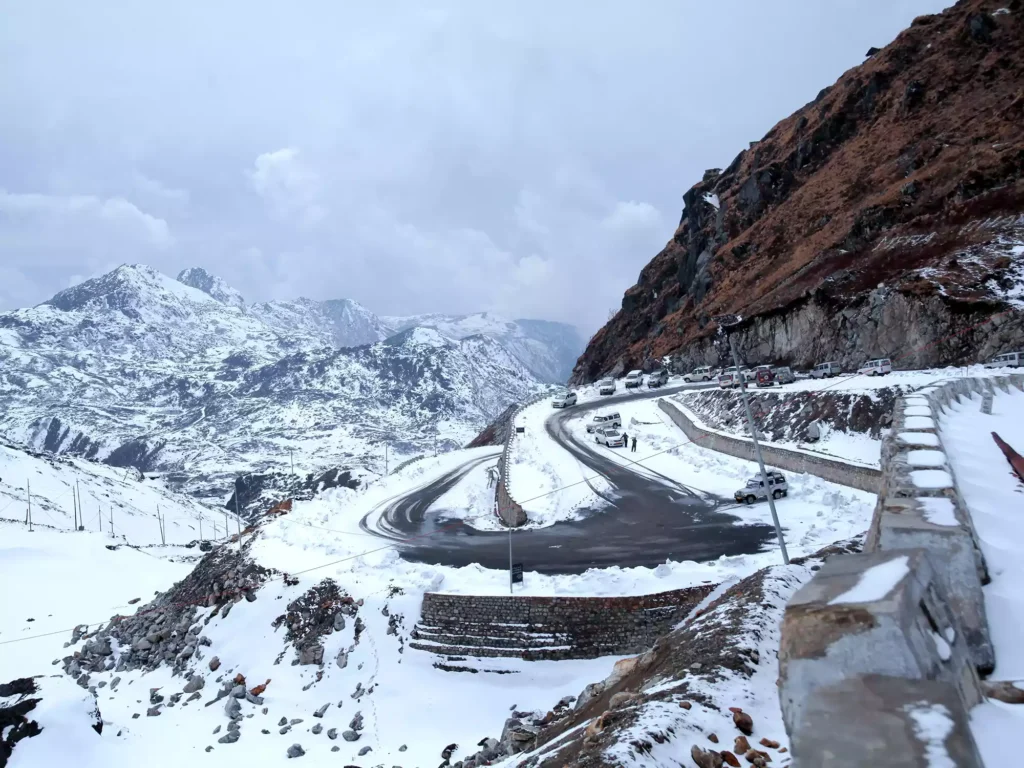
Nathula Pass is located on the Old Silk Route and connects Sikkim to China’s Tibet Autonomous Region. This place has also shortened the distance between the important Buddhist and Hindu pilgrimage sites. The tourism infrastructure has been significantly modernised in recent years, with stunning views of the Himalayan Range. There is a War Memorial and the Exhibition Centre of the Indian Army near Nathula Pass that provides insight into the military’s history. Indian nationals are required to get a permit that can be obtained by registered travel agencies, along with a valid ID and two passport-size photos. Foreign Nationals are not allowed to visit.
Comments
Post a Comment